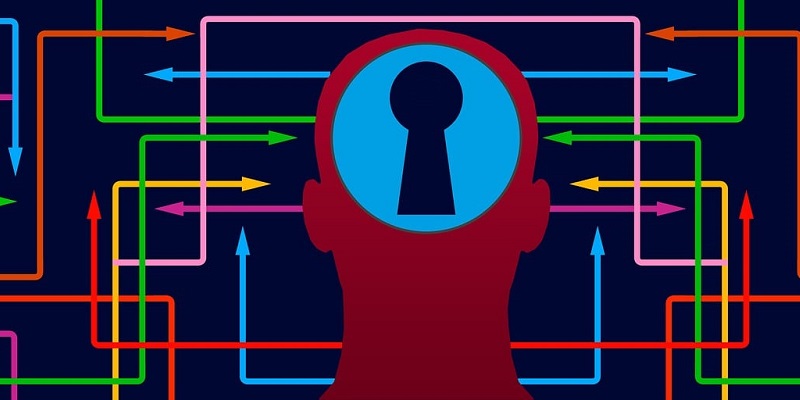The cybersecurity landscape is ever-evolving, with attackers constantly developing new techniques to exploit vulnerabilities. In this dynamic environment, FraudGPT has emerged as a subscription-based generative AI tool that promises to revolutionize malicious cyber attacks. This article delves into the significance of FraudGPT in terms of attack tradecraft and its implications for the cybersecurity community.
Accessibility and Empowerment of Inexperienced Attackers
FraudGPT is a game-changer, putting advanced attack methods into the hands of inexperienced attackers. Traditionally, cyberattacks required a certain level of expertise, putting novice attackers at a disadvantage. However, with FraudGPT’s advanced capabilities, even individuals with limited technical knowledge can now execute sophisticated attacks. This accessibility empowers less skilled adversaries, elevating their effectiveness and potentially increasing the scale of cyber threats.
Prevalence of Generative AI in Cyberattacks
Even before the release of ChatGPT in late November 2022, state-sponsored cyberterrorist units had already begun weaponizing generative AI. Generative AI is not raising the bar in terms of malicious techniques, but it is raising the average by making these techniques more readily available. FraudGPT represents a significant milestone in this regard, widening the possibilities for cyberattacks without necessarily requiring advanced knowledge or resources.
One notable aspect of FraudGPT is that it provides subscribers with a baseline level of tradecraft that would otherwise take a significant amount of time and effort to develop. By offering advanced attack methods as a service, FraudGPT acts as a catalyst for the accelerated development of novice attackers. In due time, this tool could amass a user base that surpasses even the most advanced nation-state cyber attack armies.
Surge in Intrusion and Breach Attempts
The accessibility of FraudGPT is poised to result in an exponential increase in intrusion and breach attempts. As more individuals gain access to these advanced attack methods, it is inevitable that cybercrime rates will surge. This trajectory compels cybersecurity vendors and enterprises to step up their game and compete fiercely in the ongoing arms race. Staying ahead in terms of defense will be crucial to mitigating the potential damage caused by an influx of attackers armed with FraudGPT.
Impact on Identity Security
With FraudGPT exponentially increasing the number of cyber attackers and accelerating their development, one alarming consequence is the heightened vulnerability of identities. Identity theft and data breaches have already posed significant challenges to individuals and organizations. Unfortunately, FraudGPT’s availability to any attacker, regardless of their expertise and knowledge level, only exacerbates these risks. The need for robust identity security measures becomes even more critical in this new era of weaponized generative AI.
FraudGPT signifies the dawn of a new era in cyberattacks, where generative AI becomes a universally accessible tool for attackers at any level. Its subscription-based model and simplified tradecraft have the potential to transform the threat landscape by empowering inexperienced adversaries. As the adoption of generative AI-based cyberattack tools grows, the cybersecurity community must remain vigilant, proactive, and continuously innovate to counter the evolving threats. Safeguarding identities and defending against cyberattacks has never been more paramount.

